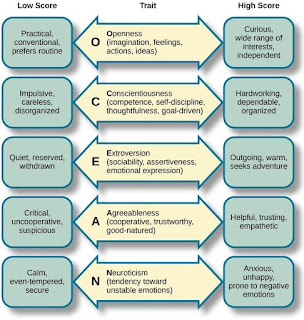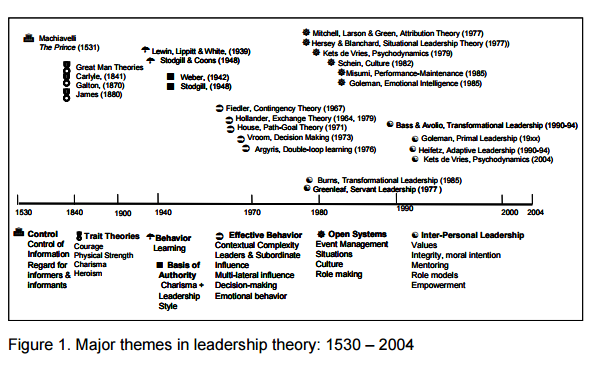James Oglethorpe: A True Trailblazer

James Oglethorpe Picture source: http://www.georgiaencyclopedia.org/articles/government-politics/james-oglethorpe-1696-1785 This week in Leadership we discussed two leadership theories—the path-goal theory and the leader-member exchange theory. This week I was most impressed with the path-goal theory so it will be the focus of this week’s post. The path-goal theory focuses on the follower's motivations and suggests that good leaders adjust their style to what motivates their followers. According to this theory, leaders may demonstrate directive leadership, supportive leadership, participative leadership, or achievement oriented leadership. The style of leadership used depends on the follower and the situation. For example, in the instance of a new project with a new employee, leaders would likely behave in a more directive manner. Most notably the leader in the path-goal theory does four main things for followers: he defines the goal, clarifies the path, removes any obstacles


